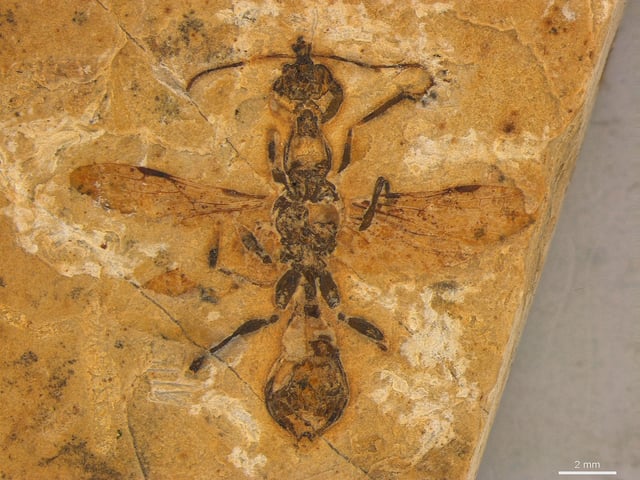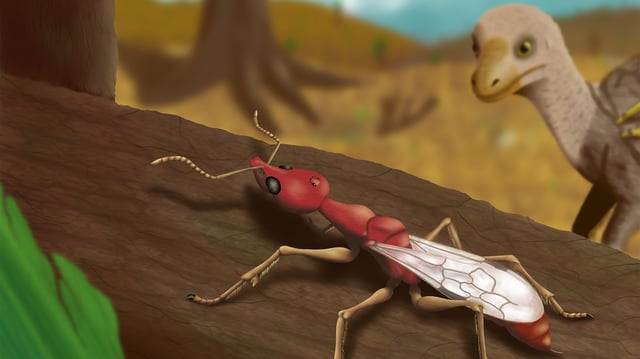Overview
- Researchers identified a 113-million-year-old hell ant fossil from Brazil's Crato Formation, making it the oldest known ant specimen.
- The fossil belongs to the extinct Haidomyrmecinae subfamily, known for their scythe-like jaws and unique predatory adaptations.
- Advanced micro-CT imaging revealed forward-projecting mandibles and a horn-like projection, indicating sophisticated hunting strategies in early ants.
- This is the first hell ant fossil found in rock rather than amber, expanding knowledge of fossil preservation and early insect evolution.
- The discovery suggests ants were already globally dispersed during the Cretaceous, challenging previous biogeographical models.


